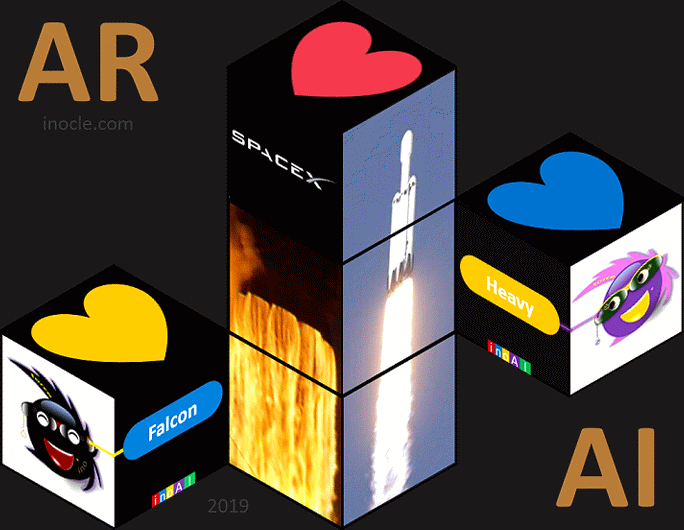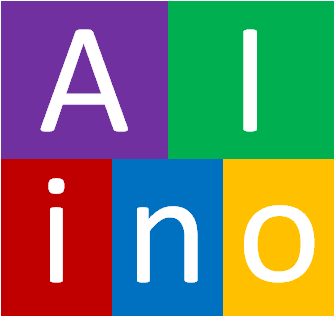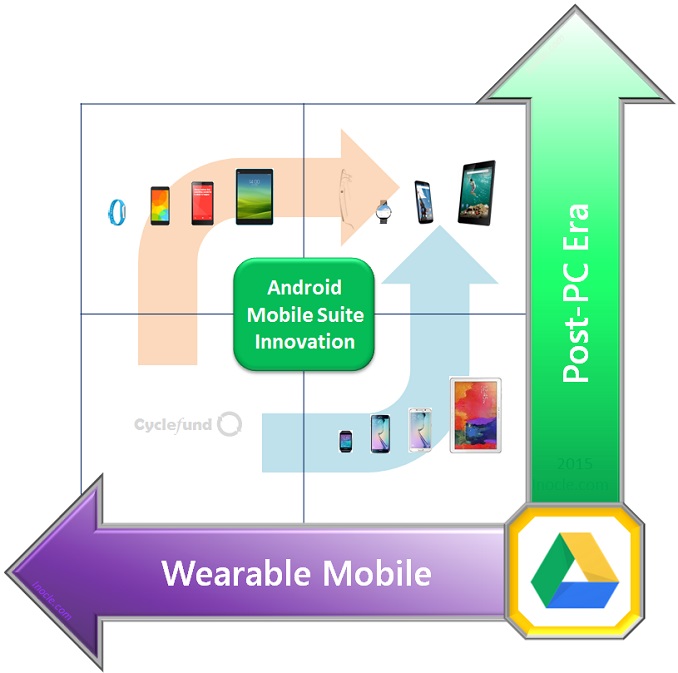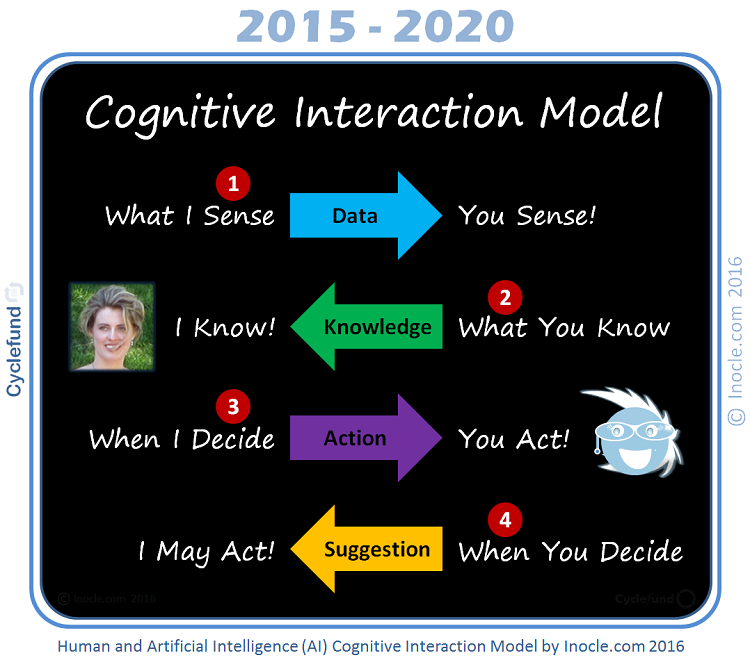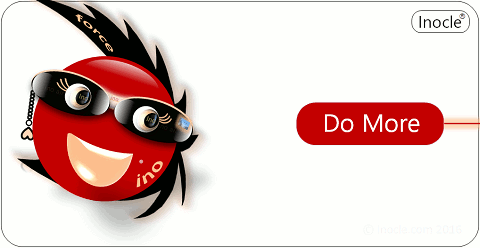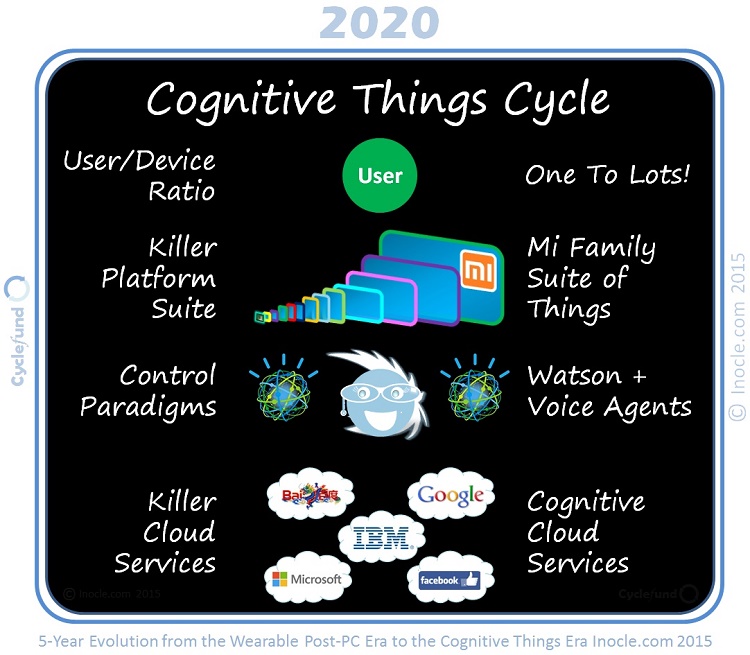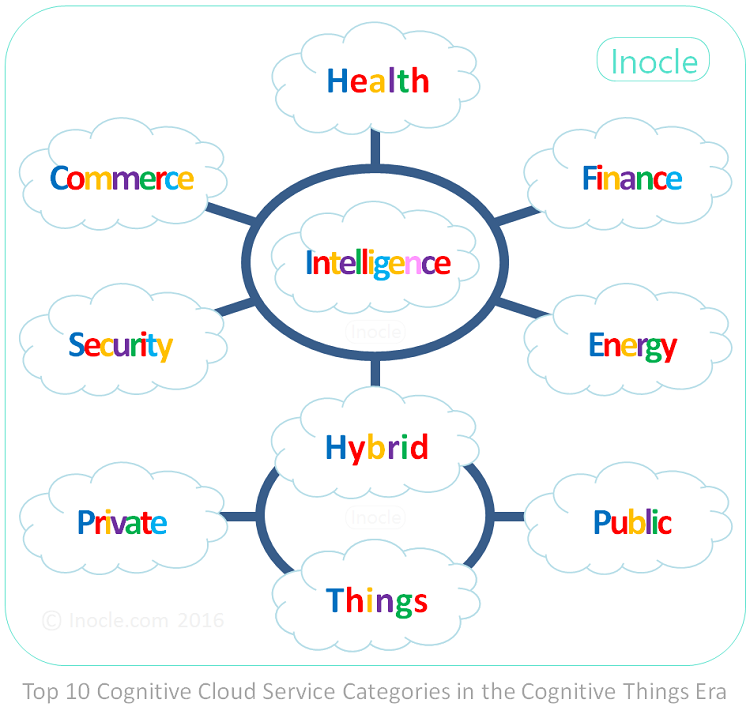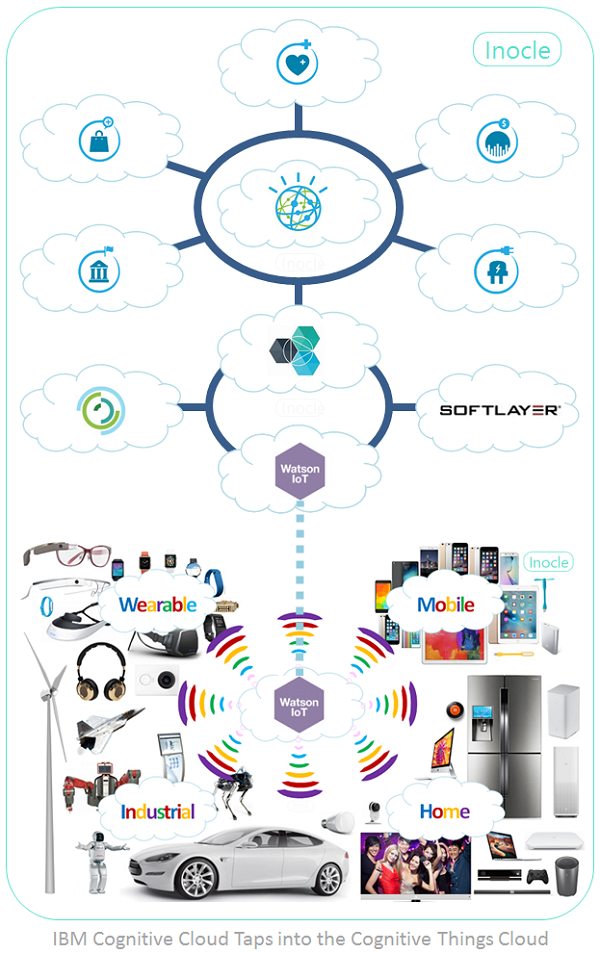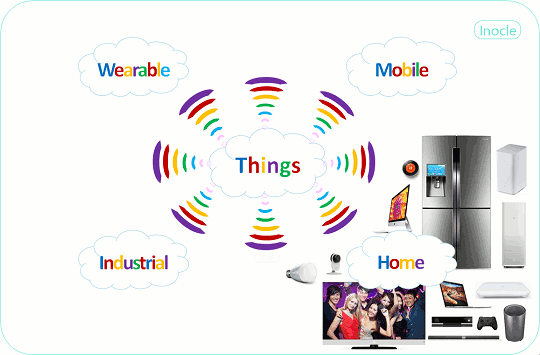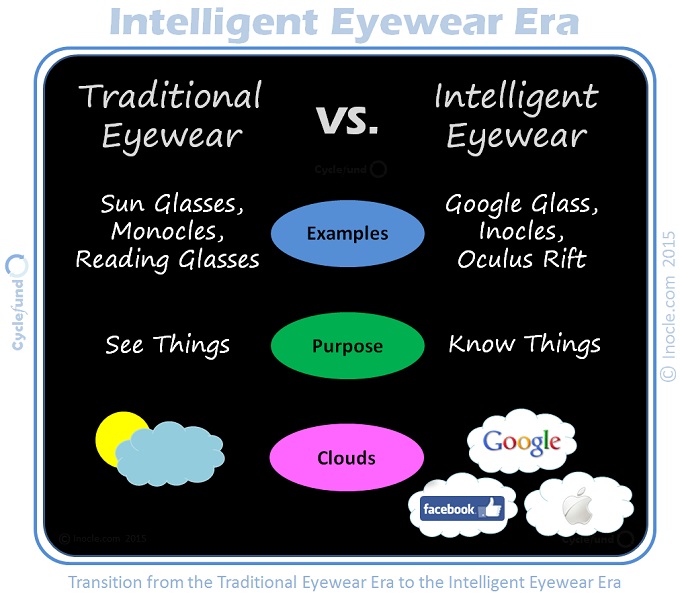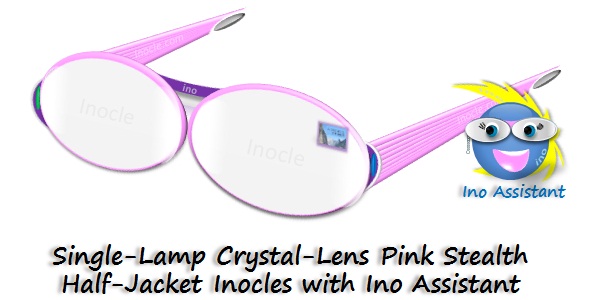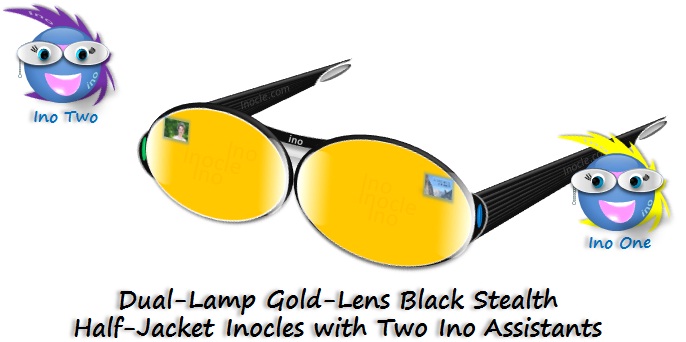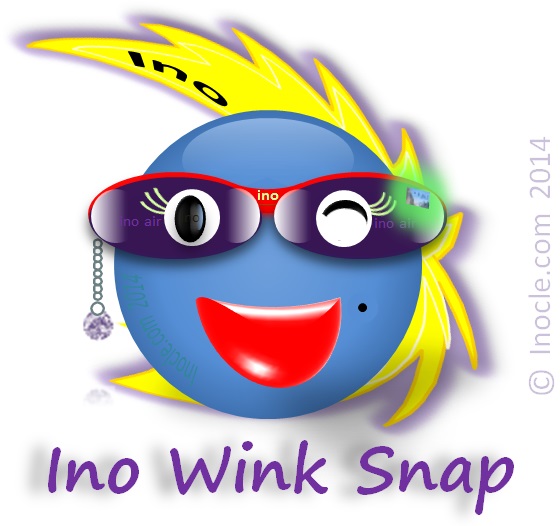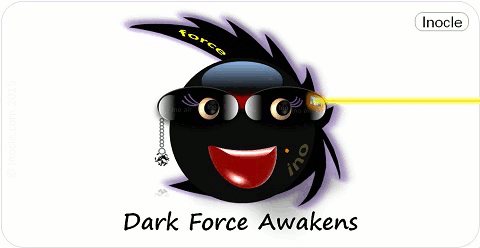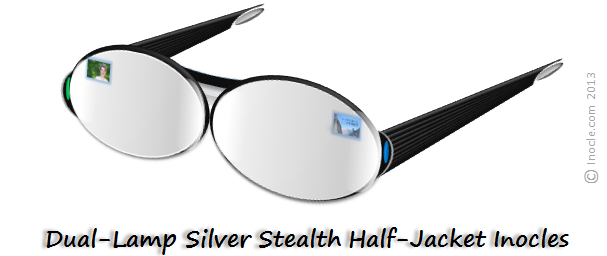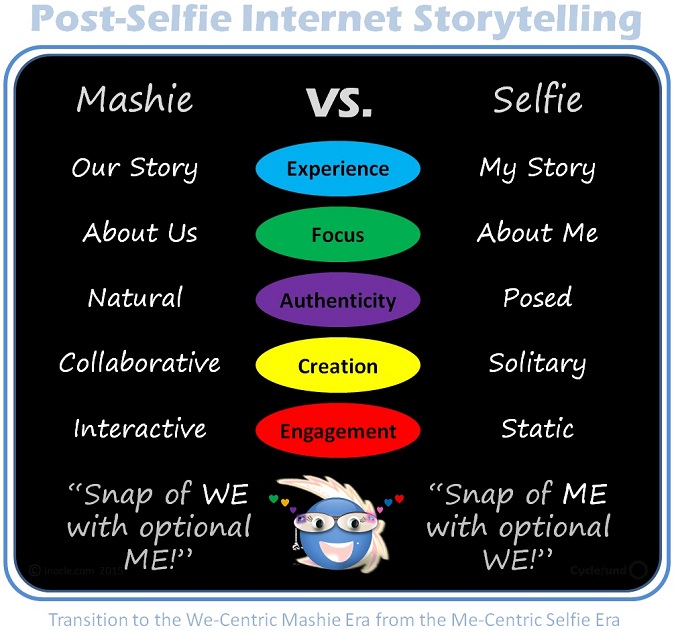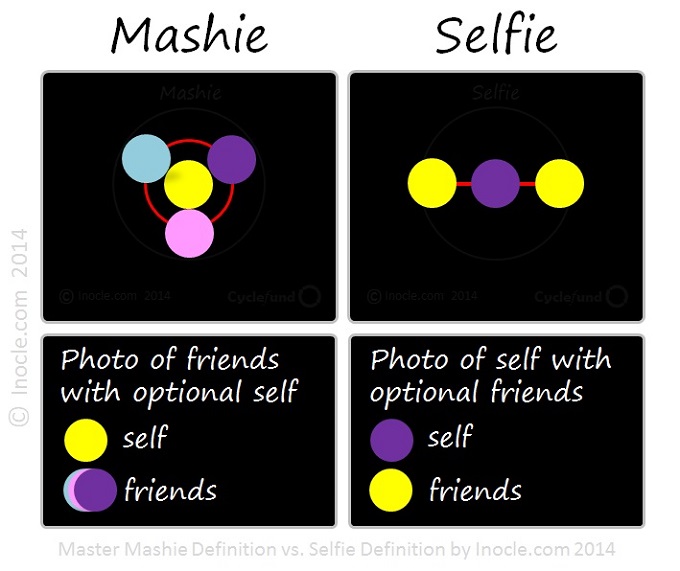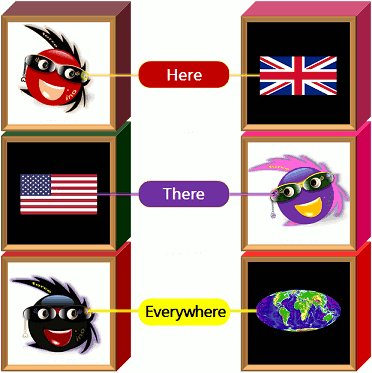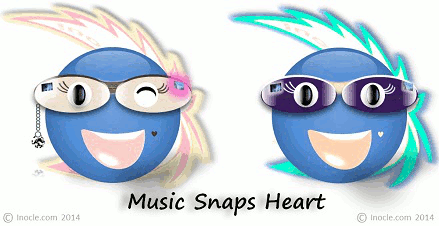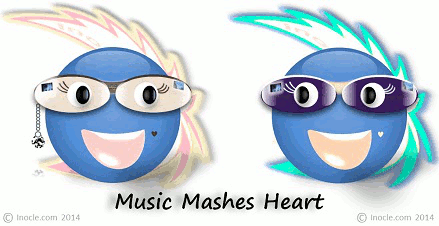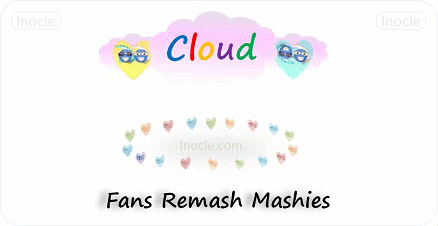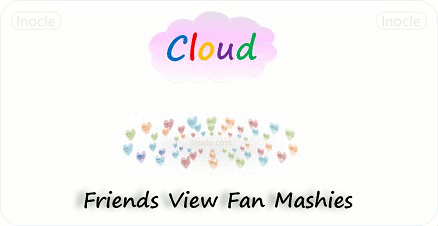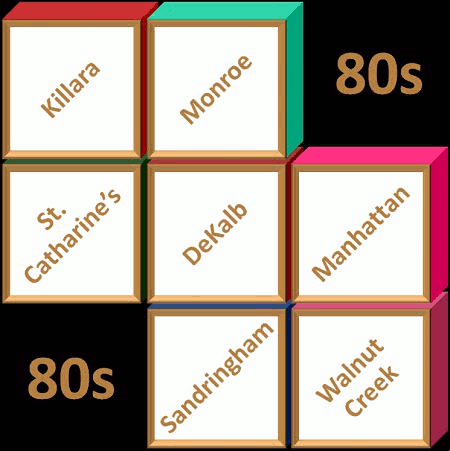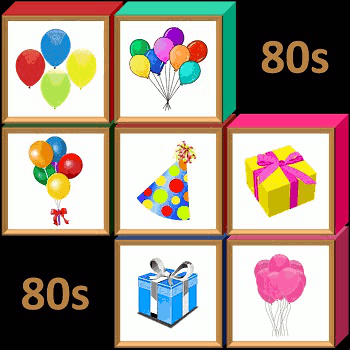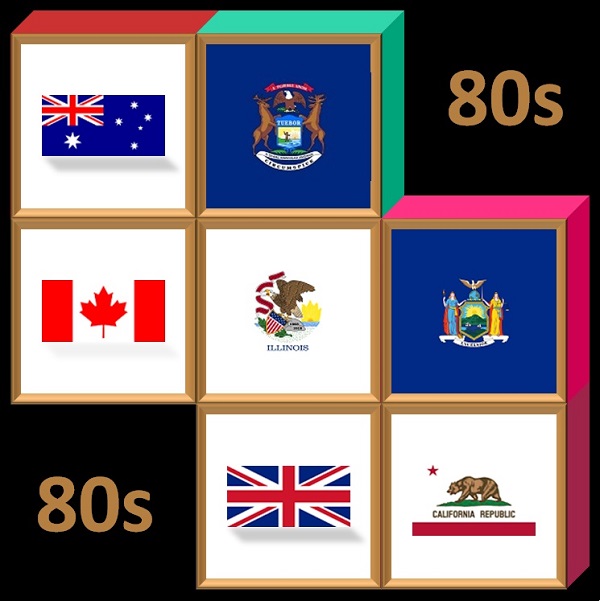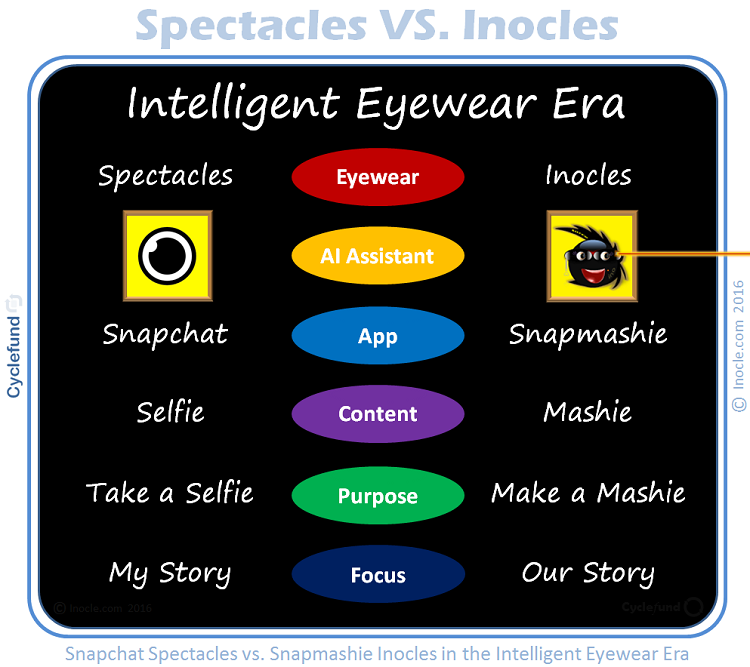The First Puppy Mashie Story
December 26th, 2020 Two sisters, the eldest with brown eyes and brown hair and the other with blonde hair and brown eyes, share via the internet the world's first puppy mashie with their friends and fans on Instagram and Snapchat, telling the story about how surprised they were to receive a new puppy, named Roxy, for Christmas from their beloved grandparents, Poppie, with grey hair and green eyes, and Yaya, with blonde hair and blue eyes.
While the puppy mashie shown above is a prototype of the patented concept for internet storytelling via cubical communication leveraging both artificial intelligence (AI) and augmented reality (AR) technologies, the process of sharing a snap mashie or supermodel mashie with friends and fans applies. Given this, when the sisters share the puppy mashie (a form of snap mashie without advertising/ads) with their friends on Instagram and Snapchat, it currently appears in their friends' Instagram and Snapchat feeds. However, in the near future, when the sisters send the puppy mashie to their closest friends, the puppy mashie will arrive as a native augmented reality object located or placed on a surface in one or more of the rooms in the homes of their best friends.
For example, rather than arriving in a social media or messaging feed, the
puppy mashie may arrive as an AR object on the floor in the living room of one
best friend and on the dining room table in the kitchen of another best friend.
To see the puppy mashie on the living room floor or kitchen table, a friend
receiving the puppy mashie first puts on their favorite pair of AI-powered
inocles, or smart glasses, and then says to the Snaps AI assistant (which is like the Google AI Assistant or Amazon Alexa, but with specific skills for making/sharing snap mashies) residing within their smart glasses, "Hey Snaps, View snap mashies from my friends."
or simply"Hey Snaps, Show mashies."
The Snaps AI assistant then loads the patented 3D dock into the living room or on the kitchen table, whereupon the friend, with their inocles on, walks up to the puppy mashie and engages/interacts with it in the real world via mixed/augmented reality (MR/AR). More specifically, the friend may spin the cubes to the left or right; launch them up or down; and remove any 2D photo from of the side of a cube and see it in 2D. Moreover, and perhaps more importantly, the friend may remove any 3D object stored on the side of the cube or within the interior of the cube and interact with it in 3D.
From the friend's perspective, each cube of the puppy mashie may be approximately one-foot by one-foot at the bottom of the 3D dock (the thing that is patented). In addition, the rotating cube in the center of the dock may expand to a dimension of approximately two-feet by two-feet. So when the friend sees the sisters' faces as the center cube rotates up they will appear about the same size as in real life.
Unlike traditional internet content types, snap mashies have volume! Thus, the snap mashie cubes that constitute the puppy mashie can store and hide lots of fun stuff and interesting things, some of which may surprise kids, as well as moms, dads, and even grandparents. For example, imagine a 3D model of a puppy stored inside the center cube of the puppy mashie, wherein when one of the sisters, or one of their friends or fans on the internet, pops the top of the cube using his or her AR-enabled smart glasses, the animated 3D model of the sisters' new puppy Roxy pops out and surprises everyone, including inocled parents and grandparents, viewing the puppy mashie in MR/AR with their favorite pair of smart glasses.
Snap Mashie Definitions
A basic definition of a snap mashie is the following (source: "What are Mashies?" page of the snaps.ai website):
- A snap mashie is a collaboratively created content cube containing snaps.
- Snaps may be photo snaps, video snaps, or holographic snaps.
- Video snaps may include short videos or music videos.
- Collaborators may be friends, fans, or AI assistants.
- Smart devices for creating/viewing snap mashies include smart phones, tablets, and smart glasses.
-
Collaborators can create/view snap mashies using simple voice commands.
A more advanced definition of a snap mashie is the following (sources: Google search for "What are snap mashies?" and "What are Mashies?" page of the snaps.ai website):
- A snap mashie is a group of content cubes containing photo, video, or holographic snaps.
-
It is typically collaboratively created with multiple friends/fans, cameras, or AI assistants.
- Content cubes may be organized by space or time; that is, arranged spatially in a structure or temporally in a sequence/story.
- Snap mashies may be placed and viewed in the real world using spatial anchors.
-
Smart devices for
creating and viewing snap mashies
include AI-powered, AR-enabled smart phones, tablets, and smart glasses.
- With the help of specialized AI assistants, such as Snaps AI, collaborators can quickly create/view snap mashies using simple voice commands.
-
In contrast to traditional single-camera selfies, multi-camera
mashies represent a new and creative way for friends and fans to deeply engage
with each other via popular messaging, social networking, and video streaming apps/sites, including Snapchat, WeChat,
Instagram, and
YouTube.
Other Snap Mashie Definitions
Other basic definitions related to snap mashies include the following (sources: ino.ai and snaps.ai websites):
- A snap mashie that is placed in the real world using spatial anchors is called a geo mashie. The purpose of a geo mashie is to enable snap mashie collaborators to place their creations all over the planet for everyone to enjoy via AR smart glasses.
- A snap mashie that is remashed by fans is called a fan mashie.
The purpose of a fan mashie is to encourage celebrity/supermodel fans to create derivative mashies and share them with their network of friends, thereby increasing fan engagement and reach via network effects.
- A snap mashie that includes ads may be referred to as an ad mashie.
The purpose of an ad mashie is to provide snap mashie creators
with an interactive medium to monetize their creativity
and online/AR advertisers
with a platform to drive engagement with their target audience.
- A snap mashie organized by two spatial dimensions is a 2D snap mashie, but is typically simply called a snap mashie. 2D snap mashies my appear to look like collages; but unlike collages, snap mashies can be placed in the real world via AR, remashed by fans to create fan mashies, and modularly extended along existing spatial dimensions or new dimensions including time or sequence. Moreover, snap mashies are typically collaboratively created with friends and extended by fans, with the ultimate goal of reaching millions, or perhaps billions, of fans. Thus, the space, impact, and potential reach of snap mashies is magnitudes larger than that of collages.
-
A snap mashie organized by three spatial dimensions is a 3D snap mashie, but is also simply called a snap mashie.
- A snap mashie organized by one spatial dimension and time is a 1D snap mashie story, but is typically called a snap mashie story or snap mashie.
- A snap mashie organized by two spatial dimension and time is a 2D snap mashie story, but is typically called a snap mashie story or snap mashie.
-
A snap mashie organized by three spatial dimension and time is a 3D snap mashie story, but is typically called a snap mashie story or snap mashie.
Topical Snap Mashie Definitions
Snap mashies may be further defined by topic. Popular topical definitions related to snap mashies include the following (sources: snaps.ai and ino.ai websites):
- A snap mashie that is focused on the topic of health is called a health snap mashie or simply a health mashie.
-
A snap mashie that is focused on the topic of music is called a music snap mashie
or simply a
music mashie.
- A snap mashie that is focused on the topic of celebrities is called a celebrity snap mashie or simply a celebrity mashie.
-
A snap mashie that is focused on the topic of travel (to Paris for example) is called a
travel snap mashie (or Paris snap mashie)
or simply a travel mashie (or
Paris mashie).
-
A snap mashie that is focused on the topic of shopping (for Gucci watches for
example) is called a shopping snap mashie (or Gucci snap mashie)
or simply a shopping mashie (or
Gucci mashie).
- A snap mashie that is focused on the topic of electric vehicles (such as a Tesla for example) is called an EV snap mashie (or Tesla snap mashie) or simply an EV mashie (or Tesla mashie).
-
A snap mashie that is focused on the topic of space is called a space snap mashie
or simply a
space mashie.
-
A snap mashie that is focused on the topic of cyrptocurrency is called a crypto snap mashie or simply a
crypto
mashie.
-
A snap mashie that is focused on the topic of movies is called a movie snap mashie
or simply a
movie mashie.
- A snap mashie that is focused on the topic of sports is called a sports snap mashie or simply a sports mashie.
-
A snap mashie that is focused on the topic of stocks
(such as the stock of Google for example)
is called a stock snap mashie
(or Google snap mashie or GOOGL snap mashie)
or simply a
stock mashie (or Google mashie or GOOGL mashie).
-
A snap mashie that is focused on the topic of education (such as STEM for example)
is called an education snap mashie
(or STEM snap mashie)
or simply an
education mashie (or STEM mashie).
-
A snap mashie that is focused on the topic of universities (such as Stanford for example)
is called a university snap mashie
(or Stanford snap mashie)
or simply a
university mashie (or Stanford mashie).
- A snap mashie that is focused on the topic of pets or puppies is called a pet snap mashie or puppy snap mashie or simply a pet mashie or puppy mashie.
3D Dock Patent for AR/MR/VR Home Screen
Available now, snap mashie, geo mashie, and supermodel mashie design patent for an AR, MR, or VR holographic display with live interactive cubes for use with intelligent eyewear (inocles/smart glasses) featuring AI voice assistants (ino, alexa, google, siri, cortana, bixby, nomi, …) with the power to help people—from intelligent consumers and workers to smart social supermodels—know more, do more, and share more anytime and anyplace with friends and fans (United States Design Patent issued by the USPTO under the Patent Number: US D857,036 S).
The design invention may be most helpful to brands, celebrities, and educators employing new forms of digital media to reach, engage, and educate billions of consumers, fans, and students through multiple online and offline media channels and across numerous smart devices (smartphones, smart displays, smart glasses, etc.) powered by voice-controlled AI assistants.
These new media forms, including ad mashies, fan mashies, and mashie stories, are designed to encourage visual communication and enable multi-camera collaboration among friends and fans, ranging from a very small group of a few best friends to an internet-scale group of friends and fans numbering in the millions, perhaps billions one day.
A wonderful characteristic of mashies is that they are not limited to snap mashies, geo mashies, supermodel mashies, ad mashies, fan mashies, and mashie stories. Many new types of mashies are possible. For example, an innovative teacher may create a space mashie or a space mashie story (shown above) to help explain the launch, deployment, and recovery phases of the Falcon Heavy reusable rocket to curious students who have expressed an interest in studying astronautics, or who would simply like to have some fun watching Starman take a trip to Mars in a red Tesla Roadster.
AI Assistants Empower Consumers to Know More & Do More
Over the next several years, cloud-connected conversational smart assistants will become part of our daily lives. Smart voice and text messaging assistants, such as Amazon Alexa, Apple Siri, Microsoft Cortana, Facebook M, and Google Assistant, will take on an increasingly prominent role in smart home, mobile, and wearable devices, apps, and services, as well as traditional PCs and office productivity suites.
Today, popular smart home products include Amazon Echo and Fire TV, Apple TV, Microsoft Xbox, and Google Home. Smart mobile communication products include Amazon Fire tablets, Apple iPod, iPhone, and iPad, Microsoft Surface, and Google Android phones and tablets. Smart mobile automotive products include Apple CarPlay and Google Android Auto. Smart wearable products include Apple Watch, Microsoft Band, Facebook Oculus Rift, Google Android watches, and Google Glass and Glass Enterprise intelligent eyewear.
Several visionary companies, including Apple, Samsung, Google, and Xiaomi, are competing aggressively across both developed and emerging global markets to combine wearable, mobile, and home products into innovative wearable suites, wearable mobile suites, and even complete wearable and non-wearable suites.
The key to success for this emerging conversational paradigm of engagement between people and machines will be the global adoption and social acceptance of augmented human cognition, as illustrated in the adjacent diagram entitled 2015 - 2020 Cognitive Interaction Model.
By communicating continuously with our friends, family, teachers, colleagues, followers, and fans, as well as businesses and governments via voice, text messages, photo snaps, video snaps, clicks, and taps our smart assistants will essentially begin to hear, read, see, and feel what we sense and experience. In exchange, our smart assistants will predictively provide us with contextual knowledge before we even think to ask for it and proactively recommend suggestions for improving everyday decisions and actions.
AI Empowers Knowledge Workers to Make Better Decisions
The internet and the web have evolved rapidly over the past twenty years. Web innovations in graphical presentation, ease of use, and request-response speed were quickly adopted by consumer-facing and customer-facing internet companies, such as Amazon.com, Google, Priceline.com, Baidu, Netflix, and Salesforce.com, and more gradually adopted by employee-facing and business-facing enterprise companies, such as PeopleSoft, Microsoft, IBM, Oracle, and SAP.
We believe the adoption of artificial intelligence (AI) technologies will proceed in a similar fashion, with rapid adoption of smart voice and text assistants by consumers followed by a more gradual yet rapidly accelerating adoption of AI-powered cognitive applications, or apps, and cognitive cloud services by enterprise firms, as shown in the adjacent diagram entitled the 2020 Cognitive Things Cycle.
While the primary benefit of smart assistants to consumers is to know more and do more faster than ever before, the key benefit of cognitive apps and cloud services to enterprises is to dramatically shift the workforce intelligence curve to make better decisions more quickly.
By unifying these benefits across consumers and enterprises, we posit with strong conviction that speed and optimality of action through augmented cognition is likely to be the core value proposition of AI.
Under this premise, AI voice and text assistants, AI apps, and AI cloud services will significantly and perhaps radically disrupt entire global industries over the next decade.
Industries requiring highly intelligent and productive workforces as well as access to and interpretation of vast streams of raw data generated by the internet of things (IoT) are most likely to be profoundly disrupted by AI and therefore ideally suited for early adoption of cognitive technologies. Examples of such industries include healthcare, finance, security, education, energy, and commerce, as illustrated in the cognitive voice, apps, cloud services, and IoT diagrams above.
How Do We Make AI Socially Acceptable and Widely Adopted?
Given the checkered history of AI, how do ensure that it will be sustainably successful this time?
More specifically, how do we convey the value of AI to prospective users in such a way that it becomes both socially accepted and widely adopted by billions of users on a global scale?
While early research work in the field of AI showed immense promise, it failed to achieve its envisioned potential due to immature software algorithms, a dearth of large-scale data sets, and a lack of massively scalable computing power. As a result the entire field of AI went dormant until recent advances in machine learning algorithms, internet of things (IoT) data streams, and hybrid cloud computing technologies became simultaneously available at hyperscale earlier in this decade.
Google, with its core assets in deep learning algorithms, IoT big data streams, and cloud-scale data datacenters, was singularly positioned to capitalize the resurgence of AI. Sensing this generational opportunity to stream bits directly to human eyes, the company launched Google Glass, a new class of wearable mobile intelligent eyewear enabling users to fundamentally know more, as illustrated in the diagram entitled Intelligent Eyewear Era.
Glass enabled users to instantly access information from the internet, learn about about their surrounding environments, and share live photo and video snaps with friends and family members. Despite the initial version of Google Glass attracting immediate and mostly positive media attention at launch, the product soon came under fire as stories began to surface across numerous social media channels that Glass users were experiencing unwelcome and in some cases violent responses from onlookers while wearing the internet-connected device in public. Unfortunately, the reputation and overall desirability of Glass was perhaps irreversibly sullied as these stories morphed into belittling skits presented ceaselessly during nightly and weekly comedy shows and YouTube videos.
While Glass clearly lacked a number of key technical features, such as long battery life, large number of apps, direct 4G connection, ultralight design, and loud noise suppression, the primary reason for its premature withdrawal from the market was fundamentally due to a) privacy concerns and b) design aesthetics. More specifically, the public and the media rejected Glass primarily because the device could record and immediately share voice, sound, or video anytime or anyplace of anyone or anything and secondarily because of its awkward, bulky, and irregular asymmetric design relative to normal-looking glasses worn in public by everyday folks.
In contrast to the early setbacks experienced by Google Glass, we envision a very bright future for wearable internet-connected smart glasses in general, or inocles, which represent an entirely new class of intelligent eyewear empowering users know more, do more, play more, and share more faster than ever before.
By addressing the two drawbacks of early releases of intelligent eyewear, next-generation inocles will be precision crafted, stylishly designed, and host to one or more embedded AI voice assistants with the ability to instantly comply with local privacy control rules and social norms.
These rules and norms may be based on geographic location, time of day, or presence of privacy-sensitive individuals. For example, a prominent upscale restaurant may establish a no-video rule within its geographic boundaries. As a result of this rule, all inocle assistants would be required to immediately prevent an incoled user from accessing the embedded video capture system and wink-snapping photo or video snaps while inside or in close proximity to the restaurant.
Addressing consumer and business concerns over privacy control and design aesthetics will undoubtedly improve the adoption rate and social acceptance of next-generation versions of intelligent eyewear. However, mitigating these two concerns will not be sufficient to catapult this new class of devices into the global mainstream.
Because intelligent eyewear (inocles) represents an entirely new computing platform, it needs a killer app or cloud service to galvanize consumer and business demand, in the same way in which killer apps drove demand for the PC platform and killer cloud services ignited demand for the smartphone platform.
In the mid-1980s, the killer app for the PC was the Lotus 123 spreadsheet; by the early 1990s, the Microsoft Office productivity suite became the primary reason for most business and consumer users to buy a PC. Similarly, in the late 2000s, the killer pair of cloud services for the smartphone were the Apple App Store and the Google Play store; by the mid-2010s, the Facebook social media app coupled with the astonishing worldwide popularity of selfies became the key reasons for most consumer users to buy a smartphone.
If the success story of the PC (with an estimated installed base of 2 billion devices) was driven by primarily by spreadsheets and office suites and the success story of the smartphone (with a potential installed base of 10 billion devices) has been driven by social media apps and selfie snaps, then what game-changing apps, cloud services, and social media content types will drive the success story of inocles, with a potential installed base on the same scale as the number of pairs of shoes in the world?
In the next section, we feature a possible game-changing app, cloud service, and post-selfie content type for inocles that was first proposed on inocle.com in mid-2014 and subsequently extended and popularized by snapmashie.com in 2015.
Cloud-Connected Intelligent Eyewear enters Social Media Mainstream
As smart wearable mobile devices and suites become more powerful and next-generation wireless networking services provide near instantaneous transmission of ultra high definition audio, images, and video, we envision users will increasingly rely on smart voice agents, or AI assistants, to create and share new forms of structured social media content for entertainment, communication, and commercial purposes.
Over the past decade, the Apple iPhone, with its unprecedented simplicity, intuitive control, optimized experience, and direct access to the cloud, singularly defined the core qualities of a modern smart device, and it continues to serve as the anchor device for the Apple wearable mobile suite, as shown in the Apple iFamily Mobile Smart Suite diagram above.
Apple competitors Samsung, Google, and Xiaomi each have their own wearable mobile suite, typically comprising smart glasses, bands, watches, phones, and tablets, as shown in the Android Mobile Suite diagram above.
The wearable (smart glasses, bands, and watches) and mobile (smart phones and tablets) devices in these suites have made it extraordinarily simple for users to capture and create highly engaging social media content, most notably the universally popular selfie.
Given the remarkable rise of selfies across the globe, the key question is, “What comes after the selfie?” More specifically, how will social media users continue to entertain and engage friends, family, fans, and followers in the future? Will the selfie rule the day, or will a new more collaborative media type surface that changes the nature of social media communication. One possible answer is that the selfie begins to share the global social media stage with an new collaborative media type called a mashie, as illustrated in the Post-Selfie Internet Storytelling diagram above.
A selfie typically depicts a static posed story constructed in isolation that is inwardly centered upon the user himself or herself and shared with local and global friends and fans on social networks without the possibility post-publication personalization, customization, or enhancement.
In contrast, a mashie typically describes a dynamic natural story constructed collaboratively with friends that is outwardly focused upon the user’s friends or surrounding environment rather than the user himself or herself and shared with local and global friends and fans on social networks with the expectation and anticipation of post-publication personalization, customization, and enhancement by select friends and fans.
According to snapmashie.com: "As internet storytelling transitions away from a me-centric selfie era to a more natural we-centric mashie era, authors, content creators, and social media celebrities will gravitate toward a new set of collaborative social experience applications…purpose-built to capitalize on the power and editing capabilities of today's wearable devices. These new collaborative apps will empower everyday users to become internet storytellers, enabling them to quickly share interesting life experiences and unique adventures with friends and fans via the cloud...in real time...without having to locate a mobile phone in their pockets." In short, it will become very simple for users of AI-powered wearable devices to collaboratively create and share mashies in the future.
For example, a group of traveling social supermodel friends each sporting their favorite pair of inocles may quickly share an adventurous experience with fans by asking their Ino AI assistants to periodically take photo snaps or record video snaps of their supermodel friends having fun and doing interesting things during the journey, as illustrated in the Music Snaps Heart diagram above.
Next, supermodel friends may periodically bump heads to automatically call upon the Ino AI assistants to stitch together interesting mashies organized spatially (by layout), thematically (by theme), or temporally (by time), as illustrated in the Music Mashes Heart diagram above.
Once master mashies are generated by the AI assistants, each inocled supermodel friend may then personalize or customize their own mashie design before sending it to the cloud to be shared with fans on Instagram, Snapchat, Facebook, and Twitter, as illustrated in the Mashies Go To Cloud diagram above.
Lastly, upon receiving the new mashies in their social media feeds from the traveling supermodel friends, select fans can reorganize the supermodel mashies or add new content to help enhance the mashie story before sharing these derivative fan mashies with friends via the cloud, as shown in the Fans Remash Mashies and Friends View Fan Mashies diagrams above.
Supermodel Icons Share Snap Mashies and Supermodel Fans Make Fan Mashie Stories
A more in depth example of this new mashie-based approach to collaborative post-selfie internet storytelling involving top supermodel icons is illustrated by a sequence of supermodel mashie diagrams based on a hypothetical gathering of classic supermodel icons of the 1980s during an afternoon celebrity event and an evening afterparty.
Over the course of the afternoon and evening, supermodel friends interact naturally with each other and casually capture candid photo snaps and video snaps of each other meeting famous celebrity guests, dancing to live music performed by featured artists, adventuring back stage for a visit to an exclusive dressing room, or simply hanging out doing goofy things together using any one of the devices in their cloud-connected wearable mobile suite, such as a smart phone, smart watch, or their favorite pair of incoles.
During the events, supermodels occasionally bump their heads (while using smart glasses/incoles) or hands (while using smart watches or smartphones) together to automatically generate master mashies containing the most interesting and compelling photo and video snaps taken at the events thus far.
During or after the events, supermodels can personalize (with text, stickers, images, messages, backgrounds, and frames) and customize (with rotations, layouts, and speeds) their favorite master mashies and share them with friends, family, fans, and followers on Instagram, Twitter, Facebook, and Snapchat via the cloud.
What makes a mashie so unique is not just that it is collaboratively created and automatically generated, but that its storyline can be extend by select supermodel fans and therefore live on and become increasingly more engaging long after the original master mashies are posted to the cloud, as shown in the fan mashies and fan mashie stories above.
Supermodel Icon Evolution from Classic Supermodel Age to Social Supermodel Age
In the past, internet and social media channels have been charged with heated debates over the precise definition of a supermodel, with several surprisingly critical stories and public posts regarding popular social media stars. We strongly believe that such debates are not constructive and may tarnish the supermodel brand over time. Accordingly, we have constructed the following unified supermodel theory below to help shift the discussion toward a harmonious outcome that ultimately benefits all supermodels across all supermodel ages of the supermodel era.
We refer to the diagram above as the Unified Theory of Supermodel Icon Evolution across Classic, Modern, Internet, and Social Supermodel Ages of the Long-Duration Supermodel Era. The diagram shows the four ages of the supermodel era: the classic supermodel age of the 1980s, the modern supermodel age of the 1990s, the internet supermodel age of the 2000s, and the social supermodel age of the 2010s. It also illustrates examples of supermodel beauty icons for each age and further categorizes beauty icons into general supermodel beauty icons, goofy supermodel beauty icons, and smart supermodel beauty icons. The unified supermodel theory diagram presented above has an animated companion diagram shown below, which we simply refer to as the Supermodel Icon Evolution Mashie Story.
The mashie story about supermodel icons is highly compact and visually expressive. It is most useful for quickly explaining how the world's most popular supermodel icons have evolved through time and how each generation of supermodels occupies a unique and valuable position along the continuum of supermodel history.
The supermodel icon evolution mashie story is an animated composite image composed of the following five individual supermodel snap and fact mashies:
The five individual supermodel snap and fact mashies show above are listed in sequential order corresponding the natural evolution of supermodel history. These resources are not free to use or share.
Supermodel Fans Create New Supermodel Fact Mashies via the Cloud
Using their cloud-connected AI-powered smartphones and tablets, supermodel fans can easily augment the individual supermodel snap and fact mashies above with new and interesting facts about their favorite supermodels from each supermodel generation. For example, one supermodel fan uses her new Apple iPhone 7 Plus to quickly design and create five new supermodel fact mashies and then shares her creations with friends on popular photo sharing and social networking sites in the cloud. The new fan-generated fact mashie creations, or fan mashies for short, share the same structure as the original supermodel snap mashie story, as shown below.
Upon receiving new fan mashies in her Facebook Messenger feed, a second supermodel fan uses her Apple iPhone 7 to quickly create an entirely new supermodel mashie story by combining one of the new fan-generated fact mashies with one of the original supermodel-generated snap mashies. Once her creation is complete, she posts it to Google Photos, Snapchat, and Instagram to attract more followers and receive feedback from her friends and other supermodel fans on her new design. The resource below are not free to use or share.
Supermodel Fan Creates Social Supermodel Music Icon Snap Mashies
Inspired by the compact and expressive mashie story about supermodel icon evolution, a third supermodel fan sees an opportunity to enhance the story by adding a missing piece. The resources below are not free to use or share.
Using her new Apple iPhone X, she quickly creates three new snap mashies presenting her favorite social supermodel music icon in three different social contexts: fun, formal, and goofy. The three new fan mashies share the same structure as the original supermodel snap mashie story.
Social Supermodel Assistants Launch Top Social Supermodel Mashie
AI-powered social supermodel internet icon assistants Ino Red Heart Force and Ino Pink Force assist with the launch of a new fan-generated supermodel mashie featuring top social supermodels having fun and goofy adventures with their friends.
Have fun with your friends taking snaps of top social supermodels being goofy in front of large live audiences of supermodel fans from around the globe. Have even more fun waving your new iPhone to encourage your favorite social supermodel to take a goofy selfie with you and your best friends. Share your unique supermodel selfie with your friends on Snapchat and Instagram. Or attract even more of your own fans and followers by using popular photo sharing sites to join forces with other supermodel fans to collaboratively create supermodel mashies containing interesting snaps of and facts about your favorite goofy social supermodel icons.
Supermodel Mashie Examples from the Internet
In this section we provide links to several current examples of supermodel mashies, including goofy supermodel mashies, supermodel style mashies, supermodel fitness mashies, then-and-now supermodel mashies, supermodel event mashies, and supermodel ad mashies. Recall, a mashie is defined as a collaboratively-created composite snap containing two or more individual snaps. Individual snaps are images, videos, or holograms. Images are photos, graphics, or text. Snaps can be organized spatially or sequentially, with or without overlay.
While a traditional collage that is collaboratively created is a form of mashie, most collages are not mashies. Similarly, while a simple mashie can be a collaboratively created collage, most mashies are not collages, as shown in the diagram above. Moreover, and most importantly, while a mashie may contain one or more selfies, a mashie is never a selfie and a selfie is never a mashie. Since the term mashie is a new concept, for each example cited below we state specific reasons why it fits the definition of a mashie.
Popular goofy supermodel mashies include:
- Goofy Supermodel Star Wars Character with Light Saber
- Goofy Supermodel Actions in Black and White
- Goofy Supermodel Faces with Pet Lenses
- Goofy Supermodel Facial Expressions on Pink Background
The first item above is a mashie because it is a collaboratively-created composite (CCC) snap containing two photo snaps. The collaboration involves sourcing two separate photos, the first photo from a friend at the event and the second from a saved memory. The mashie is created by overlaying the second photo upon the first. The second item above is a mashie because it's a CCC snap containing eight photo snaps sourced from one or more friends. The mashie is created by spatially organizing the 8 photos into two equally-spaced rows and four equally-spaced columns. The third item above is a mashie because it's a CCC snap containing one photo and several graphical images. The photo is sourced from a real-time selfie and the graphics are sourced from a cloud-connected social media app. The mashie is created by overlaying the graphics on the photo. The fourth item above is a mashie because it's a CCC snap containing four photos sourced from a friend. The mashie is created by spatially organizing the 4 photos into two equally-spaced rows and two equally-spaced columns.
Note: In the fourth example above, if the photos were not collaboratively sourced from one or more friends, then the resulting compound snap would be a traditional collage, rather than a mashie. A mashie, by definition, should be created collaboratively with friends or cloud-connected AI assistants, rather than in isolation.
Popular supermodel style mashies include:
- Supermodel Style Eyewear
- Supermodel Style Accessories
The first item above is a mashie because it is a collaboratively-created composite snap containing two photos, one graphic block, and one text block. The first photo is sourced from a modeling agency photo shoot and the second photo from image stock. The graphical and textual elements are sourced from an advertising agency. The mashie is created by overlaying the second photo upon the first and then spatially organizing the graphical and textual elements above and below the photos, respectively. The second item above is a mashie because it's a CCC snap containing eight photos, six graphic blocks, and three text blocks. Four photos are sourced from a modeling agency photo shoot, two photos from apparel manufacturers, and two photos from image stock. The graphical and textual elements are sourced from an advertising agency. The mashie is created by combining modeling, apparel, and stock photos with graphical and textual elements to form an artistically organized grid.
Popular supermodel fitness mashies include:
The first item above is a mashie because it is a collaboratively-created composite snap containing two photos. The first photo is sourced from a supermodel friend and the second from supermodel selfie. The supermodel mashie is created by overlaying the second photo upon the first. The second item above is a mashie because it's a CCC snap containing six photos and one text block. Two photos are sourced from a modeling agency photo shoot, one photo from a supermodel fan, and three photos from image stock. The textual element is sourced from an supermodel fan. The supermodel mashie is created by combining modeling and fan photos to form an artistically organized grid and then superimposing stock photos and a central textual element to complete the arrangement.
Popular then-and-now supermodel mashies include:
- Then-and-Now Face-Off between Supermodel Icons of the 1990s vs. Social Supermodels of the 2010s
- Then-and-Now of Top Goofy Social Supermodel
The first item above is a mashie because it is a collaboratively-created composite snap containing two photos. The first photo is sourced from a supermodel photo shoot from the 1990s and the second from a supermodel photo shoot from the 2010s. The supermodel mashie is created by positioning the second photo directly below the first to enable supermodel fans to easily compare top supermodels from the 90s to their contemporary counterparts today. The second item above is a mashie because it's a CCC snap containing three photos. Two photos are sourced from a family photo album and one photo from a supermodel event. The mashie is created by organizing family and event photos in a linear time sequence from left to right to enable supermodel fans to see one of their favorites social supermodels grow up over the past two decades.
Popular supermodel event mashies include:
- Supermodel Engagement Event
- Supermodel Film Festival Event
Popular supermodel ad mashies include:
- Supermodel Fashion Apparel Ad
- Supermodel Luxury Automobile Ad
- Supermodel Swiss Timepiece Ad
List of Mashies from around the World
In this section we provide a curated list of snap mashies from around the world. This global list is sourced from the internet and sorted by date of collection with our most recent additions appearing toward the bottom of the list. Unlike the previous section, which focused solely on supermodel mashies, this section is not limited to supermodel mashies and therefore contains a wide variety of mashies, including celebrity mashies, sports mashies, entertainment mashies, pet mashies, food mashies, and eyewear mashies.
Snap Mashie of Goofy Supermodel Imitating Goofy Cats
Snap Mashie of Top-Grossing Celebrity Actresses
Snap Mashie of Top Pop Music Artist with Big Hair, Red Lips, and Snapchat Lens
Snap Mashie of Popular Social Media Star with Snapchat Pet Lens
Snap Mashie of Popular K-Pop Idol with Goofy Facial Expressions
Snap Mashie of Popular Snapchat Supermodels with Blonde Hair on Pink Background
Snap Mashie Ad Featuring Top Social Supermodel Launching New Line of Fashion Accessories
Snap Mashie of Top Supermodel Beauty Icon at Entertainment and Promotional Events in China
Snap Mashie Ad Featuring Top Social Supermodel Launching New Line of Millennial Fashion Apparel
Snap Mashie of Most Popular Music Artists on Facebook, one with Green Hair, another with Bold Red Lips
Snap Mashie of Top-Grossing Music Artists in the World, one with Bold Red Hair, another with Dark Sunglasses
Snap Mashie of Highest-Paid Sports Stars in the World
Snap Mashie of Popular International TV Star with Dark Hair and Full Lips
Snap Mashie of Best Nine Snaps of Top Social Media Entertainer on Instagram
Snap Mashie of Top Social Media Entertainers on Instagram Making a Heart and Singing in Black and White
Snap Mashie Ad Featuring Social Supermodel with Lion Cub Launching New Line of Luxury Watches
Snap Mashie of Social Supermodel with Big Blue Eyes and Natural Lips Making Goofy Facial Expressions
Snap Mashie of a Before-and-After Kiss between Social Supermodel Best Friends
Snap Mashie of Top Media Influencers
Snap Mashie of Happy and Serious Social Supermodel in Black and White
Snap Mashie of Top Performing Athletes at the Olympic Games in Rio
Snap Mashie of the Fastest Person on Earth from the Rio Olympic Games
Snap Mashie of United States Presidential Candidates during the First Debate
Snap Mashie of K-Pop Stars with Snapchat Bear Lenses
Snap Mashie of Best Dressed Actresses at the Oscars
Snap Mashie of Supermodel Guests at the Oscars
Snap Mashie of Supermodel Princess from Sleeping Beauty
Snap Mashie of Nordic Supermodel in the Wild with Blonde Hair and Blues Eyes
Snap Mashie of Modern Supermodel Making Glancing, Happy, and Goofy Faces in Black and White
Snap Mashie of Pre-Classic Supermodel of the 1950s vs. 1990s Modern Supermodel in Black and White
Snap Mashie of Healthy Food Groups Recommended by a Top Social Supermodel
Snap Mashies of Pre-Classic, Classic, Modern, and Internet Supermodels
Snap Mashie of Classic vs. Modern Star Wars Movie Posters
Snap Mashie of Social Supermodel in Flight Wearing Retro Sunglasses with Oversized Round Lenses
Snap Mashie of Social Supermodels Wearing Identical Sunglasses with Mirrored Lenses and White Frames
Snap Mashie Ad Featuring AI-Powered Social Supermodel Internet Icon Beaming Snaps with Friends Messages
Snap Mashie Story Featuring Animated Snaps of and Facts about Modern Supermodels
Snap Mashie of Multicultural Millennial Models Sporting Smart Video Glasses with Black, Teal, and Coral Lenses
Snap Mashie of Visionary CEO Wearing Smart Video Glasses, a New Wearable Device Category for Millennials
Spectacles vs. Inocles in the Emerging Intelligent Eyewear Era
In this section, we present the expected stack of integrated AI-powered hardware, software, and cloud services required to successfully launch new and prospective intelligent eyewear products into global consumer mass markets.
We refer to the diagram above as Snapchat Spectacles vs. Snapmashie Inocles in the Cloud-Connected Intelligent Eyewear Era Powered by AI Assistants. The diagram shows the six elements of the emerging intelligent eyewear stack:
- Eyewear Hardware
- AI Assistant Service
- Application Software
- Media Content
- Application Purpose
- Application Focus
For each element in the stack, the diagram compares new Snapbot AI powered Spectacles to prospective Ino AI powered Inocles:
- Eyewear: Spectacles vs. Inocles
- Assistant: Snapbot AI Assistant vs. Ino AI Assistant
- Application: Snapchat App vs. Snapmashie App
- Content: Selfie vs. Mashie
- Purpose: Take a Selfie vs. Make a Mashie
- Focus: My Story vs. Our Story
Additional information about spectacles and selfies can be found on the Home page of spectacles.com, the News page of snap.com, and the Geofilters page of snapchat.com. More information about inocles and mashies can be found on the Vision page of the mobile version of inocle.com or a Google search for supermodel mashie or supermodel mashies.
Recall, the three primary use cases envisioned for cloud-connected intelligent eyewear are:
- Instant Information Access,
- Augmented Reality (AR) Learning,
- Live Content Streaming (source: definition and examples pages of inocle.com).
While the first release of Snapchat Spectacles is intentionally limited to video sharing (a restricted subset of use case 3 above), we believe that future versions of the wearable device will cover all three intelligent eyewear use cases.


